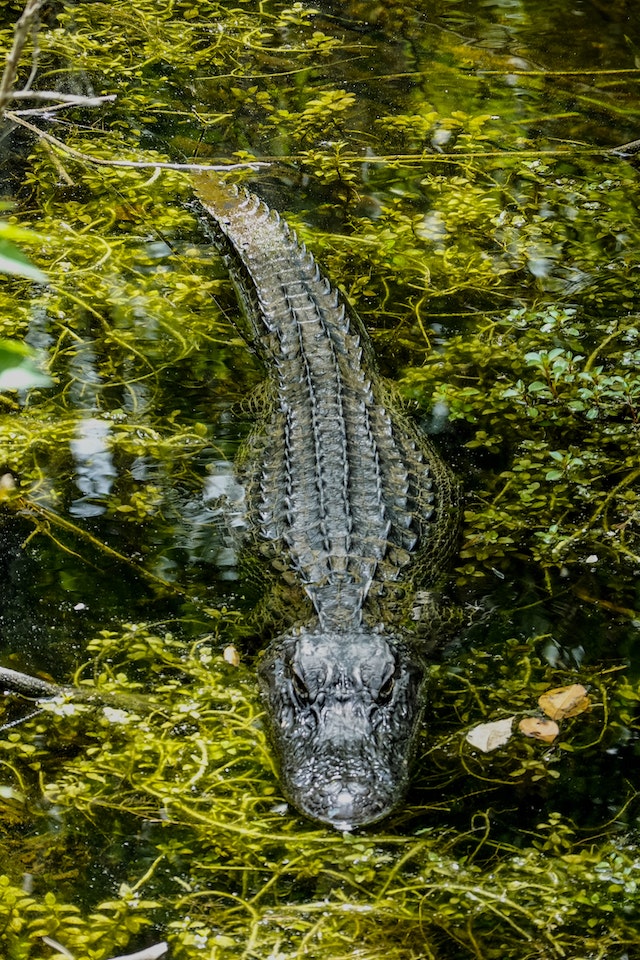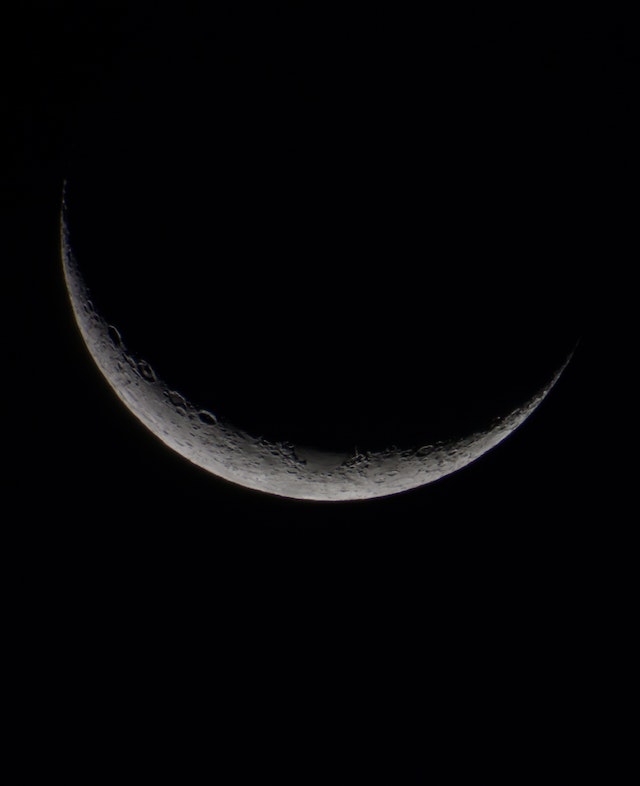Crocodiles are fascinating creatures that have existed on Earth for millions of years. They are members of the reptile group Crocodylia, which also includes alligators, caimans, and gharials. These ancient reptiles have a number of intriguing mysteries surrounding their origins, which scientists have been working to unravel. Let’s explore some of the key aspects of the mysteries of crocodile evolution and their ancient origins.
1. Evolutionary History:
Crocodiles belong to a group of reptiles known as archosaurs, which also includes dinosaurs and birds. The earliest known crocodile-like archosaurs appeared about 250 million years ago, during the Triassic period. However, the exact ancestors of modern crocodiles remain a subject of debate among scientists.
2. Relationship with Dinosaurs:
During the Mesozoic Era, which spanned from about 252 to 66 million years ago, crocodiles coexisted with dinosaurs. They were among the few reptile groups that survived the mass extinction event that wiped out most dinosaurs. Crocodiles share some common ancestry with dinosaurs, but they belong to a distinct evolutionary lineage.
3. Ancient Crocodile Diversity:
Fossil evidence reveals a rich diversity of ancient crocodile species that existed in the past. Some of these species had adaptations for various habitats, including marine environments. For example, the ancient marine crocodile known as Dakosaurus was well adapted for hunting in the oceans.
4. Crocodile Ancestral Features:
Certain features of modern crocodiles can be traced back to their ancient ancestors. These include their overall body shape, armored skin, and a semi-aquatic lifestyle. Fossils show that early crocodile relatives had elongated snouts and legs adapted for running on land, whereas modern crocodiles have shorter snouts and legs more suited for an aquatic lifestyle.
5. Crocodile-like Relatives:
Crocodiles are not the only archosaurs that share similarities with them. Some extinct reptiles, such as phytosaurs and aetosaurs, had features resembling those of crocodiles. These reptiles were not direct ancestors of crocodiles but belonged to separate lineages that evolved similar adaptations.
6. Crocodile Brain Evolution:
The brain evolution of crocodiles is another intriguing aspect. Despite their reputation as primitive creatures, crocodiles possess highly developed brains, especially in areas associated with sensory perception, motor coordination, and complex behaviors. Studying the evolution of crocodile brains can shed light on the neurological adaptations that contributed to their long-term survival.
7. Crocodile Genetics:
Modern genetic techniques are providing insights into the genetic history and relationships among different crocodile species. By analyzing DNA, scientists are unraveling the genetic diversity within crocodile populations and studying how they have evolved over time. These genetic studies can help clarify their ancient origins and evolutionary relationships.
8. Extinction of Crocodile Relatives:
While crocodiles have survived for millions of years, many of their close relatives have gone extinct. Understanding the reasons behind the survival of crocodiles and the extinction of their relatives is an ongoing area of research. Factors such as environmental changes, competition, and adaptations to different habitats likely played a role in shaping the evolutionary history of crocodiles.
Studying the mysteries of crocodile evolution and their ancient origins is a complex task that involves examining fossil records, genetic analysis, and comparative anatomy. By piecing together these various lines of evidence, scientists are gradually unraveling the story of crocodiles and shedding light on their remarkable journey through deep time.











